Planted Moro blood orange tree
The Moro blood orange tree has been in decline for some time now. With fruit on the tree, the task of planting it into the ground was held off. It is time to plant the tree now that the fruit had ripen. Further, new leaves are growing. There is a rush to plant now as opposed to later when the shock of planting will disturb the leaves. Having lots of prep for spring to complete, planting the blood orange tree is a priority item.
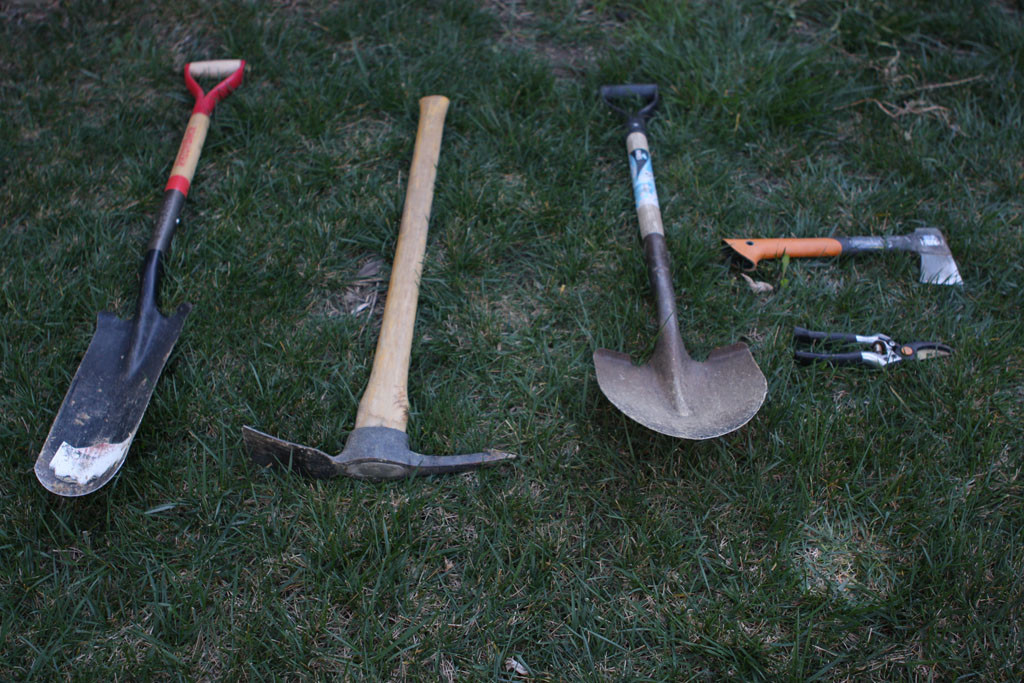
The first task is to dig a hole. Digging a deep hole is hard work. Having the tools for the task will help to take some of the load off. The work site is covered with ivy. The bypass pruner helps with clearing the ground. To break the ground (which includes cutting through the ivy stems just underneath the dirt), the pick mattock is used. Since a deep hole is being dug, the pick mattocks is useful to a certain depth. While the trench shovel is not as great as the pick mattock in chopping into the dirt, it is more efficient than a spade shovel. The long and narrow profile of the trench shovel concentrates energy and can loosen a lot of dirt. It is also a good measuring device. The pot height is about the length of the shovel. This helps with knowing how much to dig. Occasionally, roots would be in the way. The hatchet makes quick work of the roots while preserving the other tools from unnecessary tear.
The general guideline for planting is to dig a hole twice the size of the diameter of the container. However, the type of dirt is the determinate factor.
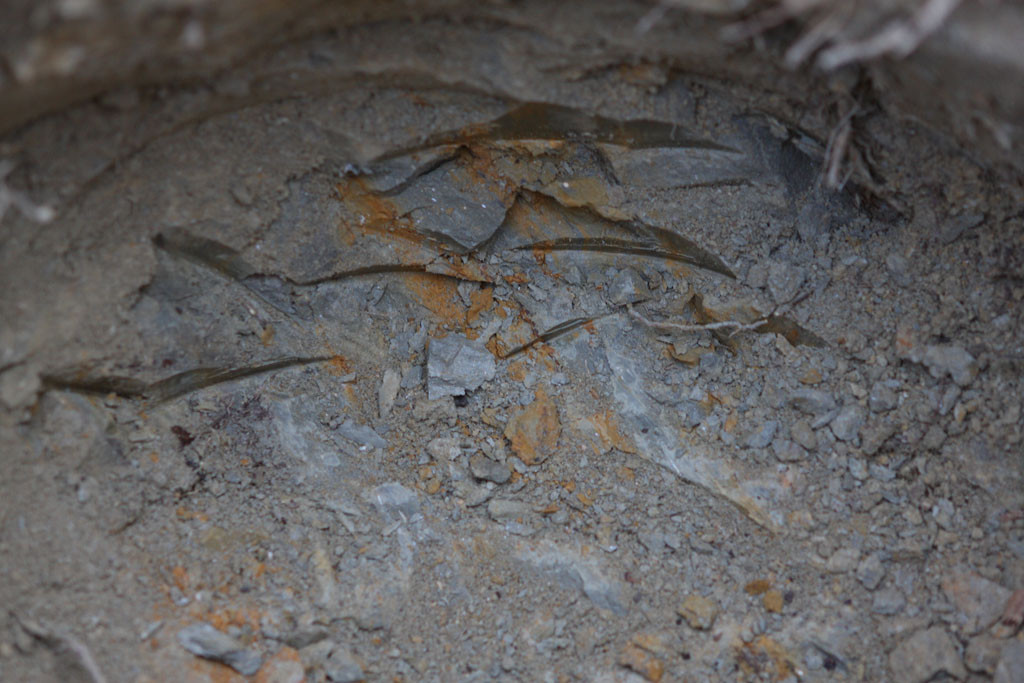
The site has compacted clay about a foot and a half below. This makes for tough digging and poor drainage.
With heavy clay, it is necessary to dig a deeper and wider hole. The thing that will wreck trees is soaked roots. A deeper hole will give the tree a good buffer between any pooled water and its roots.
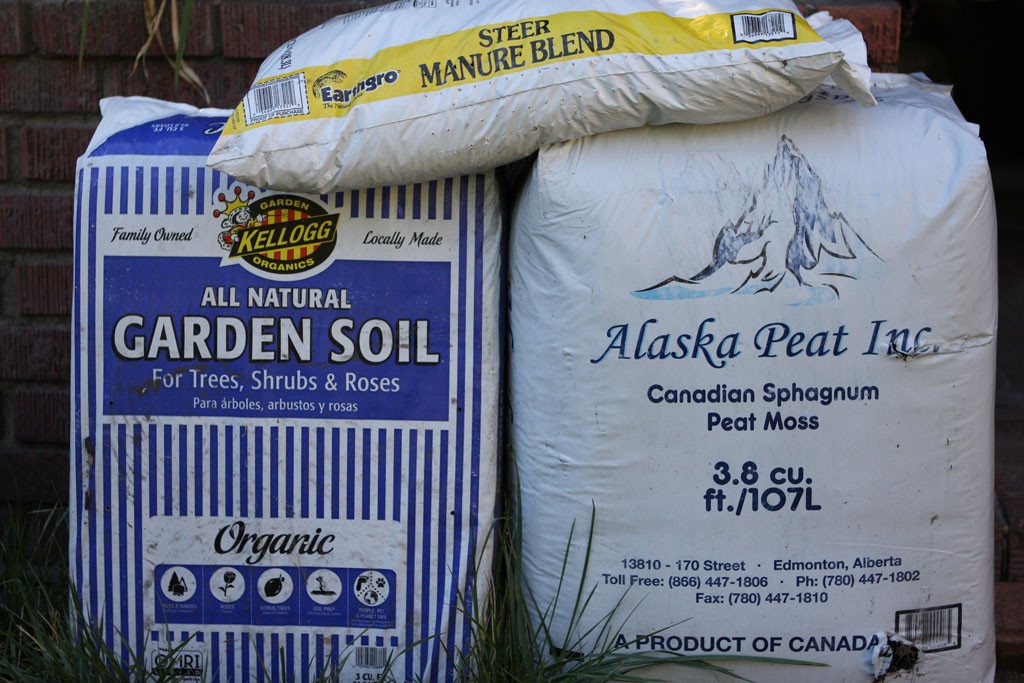
Dirt does not offer much to plants and trees. Before back filling, the dirt needs to be amended with material that improves drainage. Depending on the plant’s need characteristics, manure, compost, sphagnum peat moss, and/or “garden soil” are mixed in.
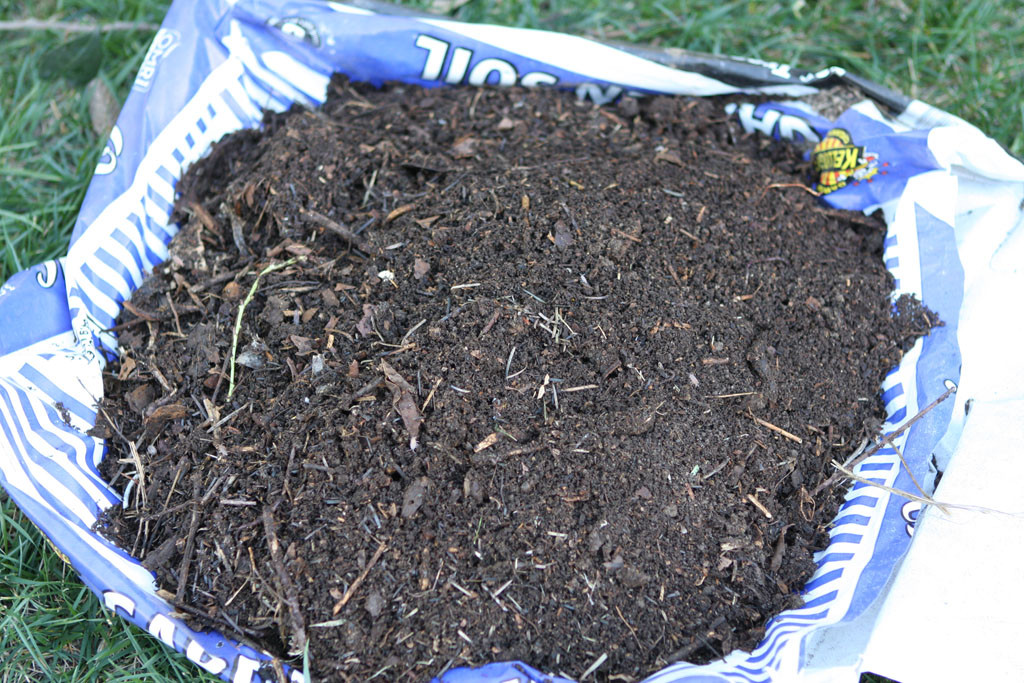
With citrus trees, they need great drainage. To amend the dirt, I mixed in commercial ‘garden soil.’ It mostly contains wood chips that help with preventing the dirt from compacting and retaining too much water. At the bottom of the hole there is more amendment. This provides more of a buffer from water logging the roots. There is also a generous amount of Azomite added. With the tree in the ground, compost is added to towards the surface.
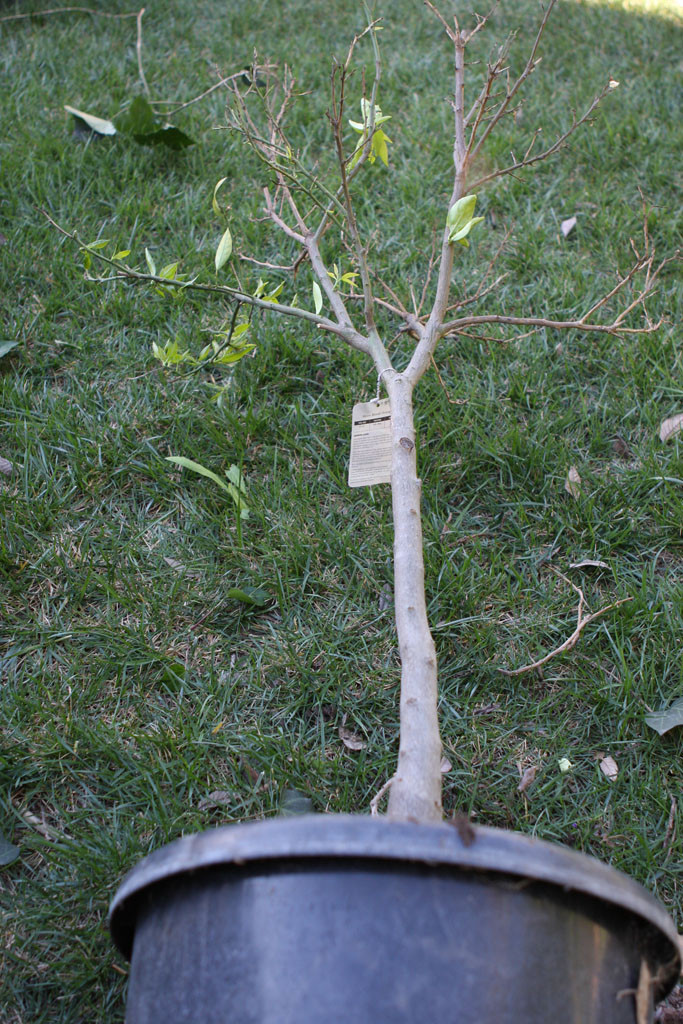
I supposed that one of the upside of a tree in decline is that there is less canopy to worry about damaging when removing the tree from a container.
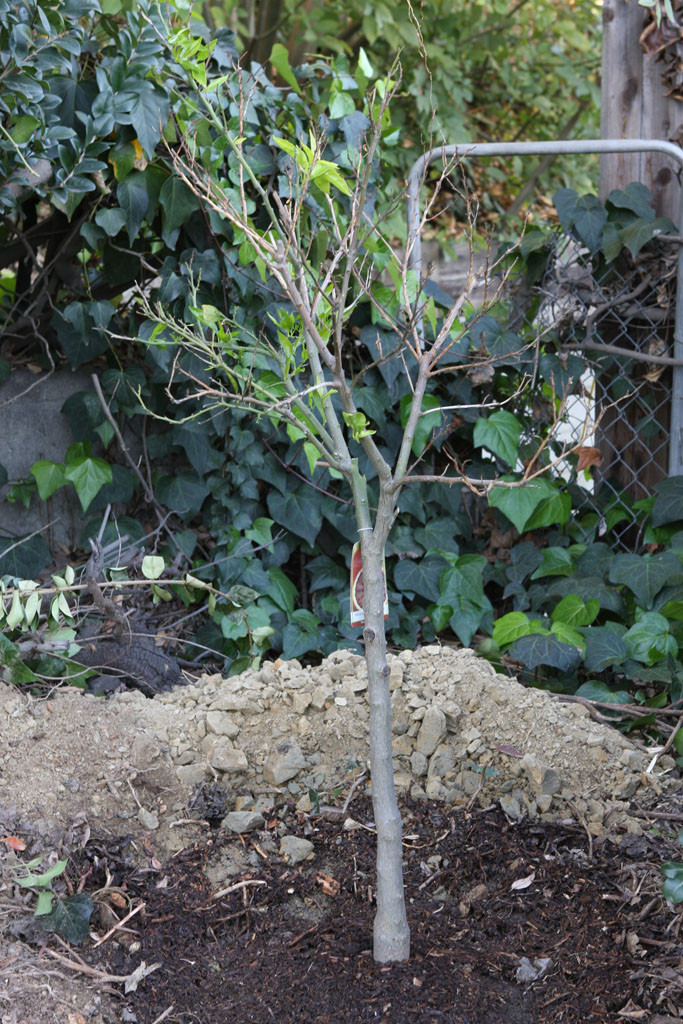
The Moro blood orange is now in its permanent location. Hopefully it will be happy soon.
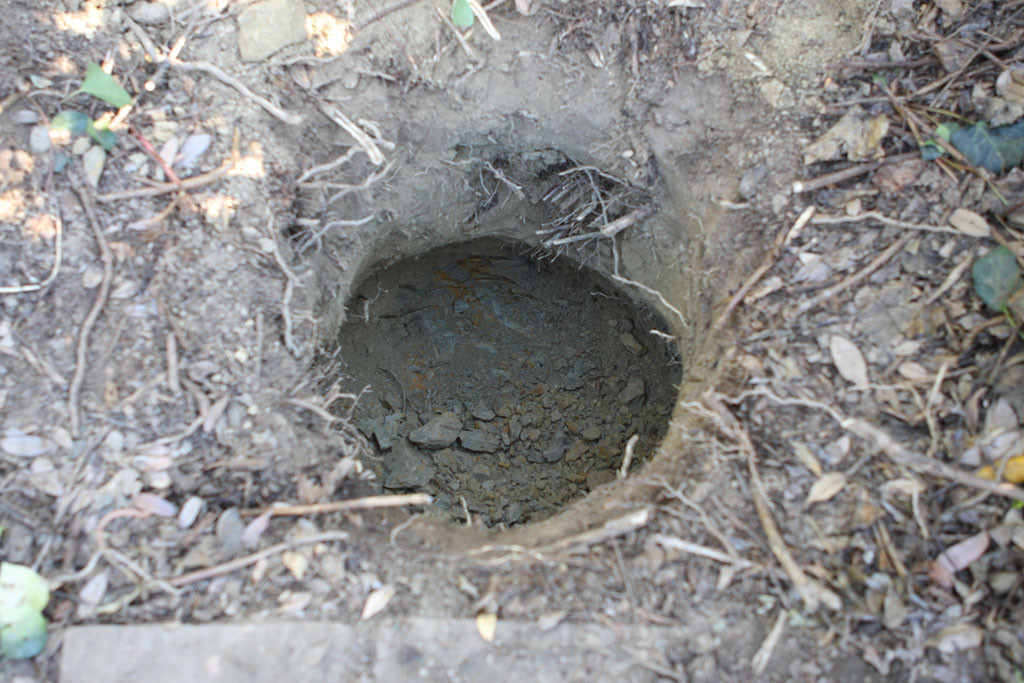
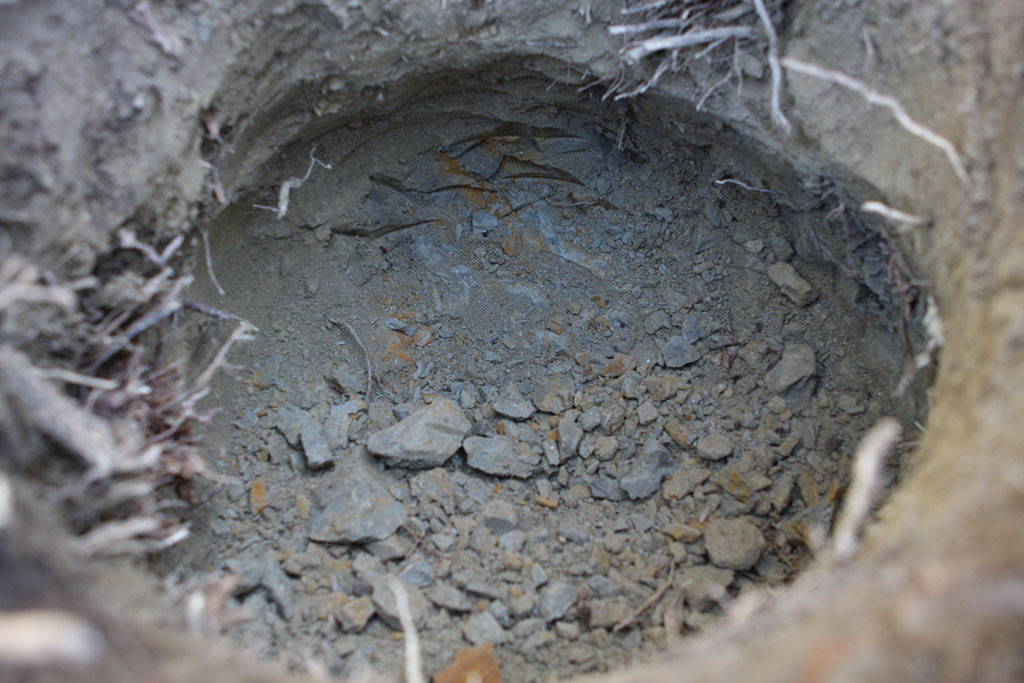













![#gardentotable #dưamón (Vietnamese dried then refrigerator pickled daikon radish) with my aunt's homemade #banhtet (sweet rice roll with mung bean and fatty pork seasoned with salt & Sichuan pepper*; tightly wrapped with banana leaves and boiled.)
*Teochew variation
Banh Tet is 'Cake of the Spring Festival.' It is made and given as gifts in South Vietnam and where this culture resides. [Photo 4: banh Tet dressed with festival paper.]
It is therefore a common food of the #springfestival. [Photo 3: banh Tet before it is crisped up with some oil on a pan.]
While it is often crisped up and consumed, an accompanying pickle can be used to add another element to this simple comfort food. From our garden we used a volunteer daikon radish and a couple of 'Bolero' carrots. I made this from memory of my dad making it. I cut the daikon into steak fries shape and dehydrated them. For the brine my mom advised. It consists of fish sauce, sugar, and water. The concentrates are dependent on taste and the strength and salinity of the fish sauce.
My dad preferred it on the saltier side; whereas traditional Vietnamese flavor profiles prefer salty and sweet.
[Photo 2: All said and done, reusing a food jar is key to maximum wholesomeness 😉😝😅]
Note: There appears to be two variations of dua mon-- traditional Vietnamese and Teochew. By dehydrating instead of sweating (partially removing water,) the daikon is crunchy and elastic; making it a very classic #teochew texture profile.
See more Spring Festival/Chinese Lunar New Year/#Tet posts at: #ned_springfestival](https://scontent-bos5-1.cdninstagram.com/v/t51.29350-15/427935298_939543330529922_6652804083994273886_n.heic?stp=dst-jpg_tt6&_nc_cat=105&ccb=1-7&_nc_sid=18de74&_nc_ohc=vkEDByqoZx0Q7kNvgHmpPVO&_nc_zt=23&_nc_ht=scontent-bos5-1.cdninstagram.com&edm=ANo9K5cEAAAA&_nc_gid=AQ0O70jJaui1vEB9PUvt3AX&oh=00_AYBk3qRj1cCMa6BqfnEwNod7NHlW62OWfOkbJHhY2vTRcw&oe=675657AE)


 . The ghostly photo was create
. The ghostly photo was create


